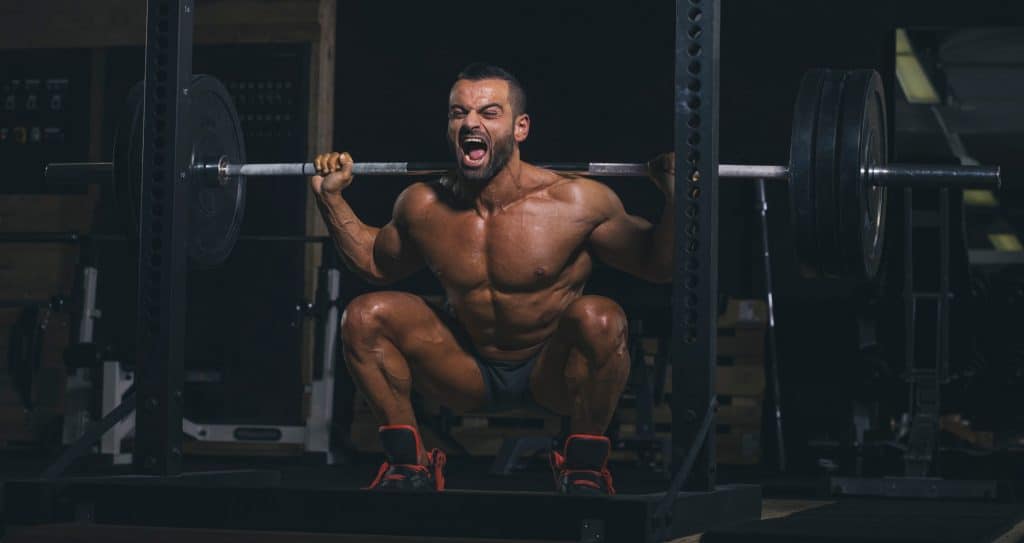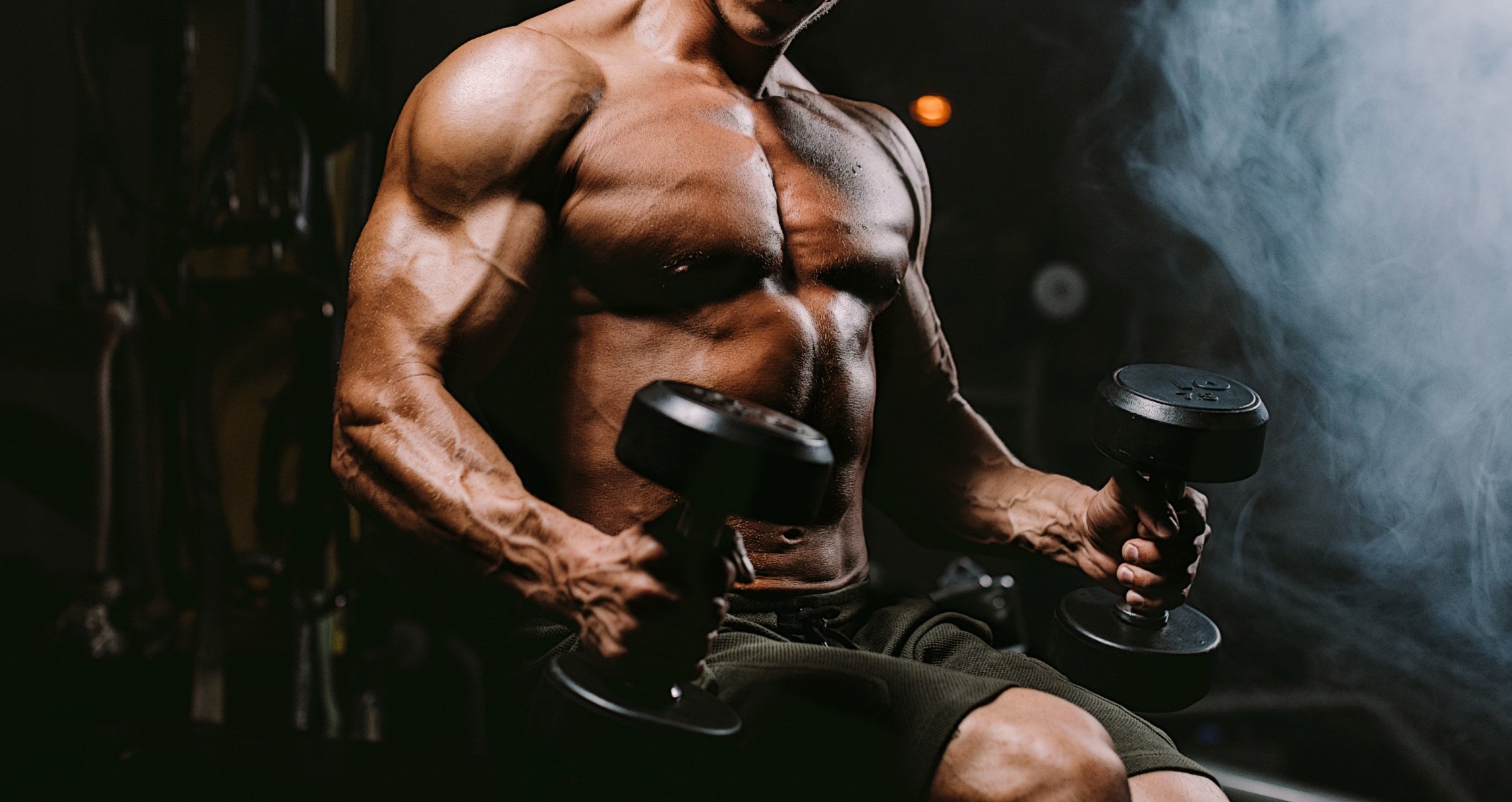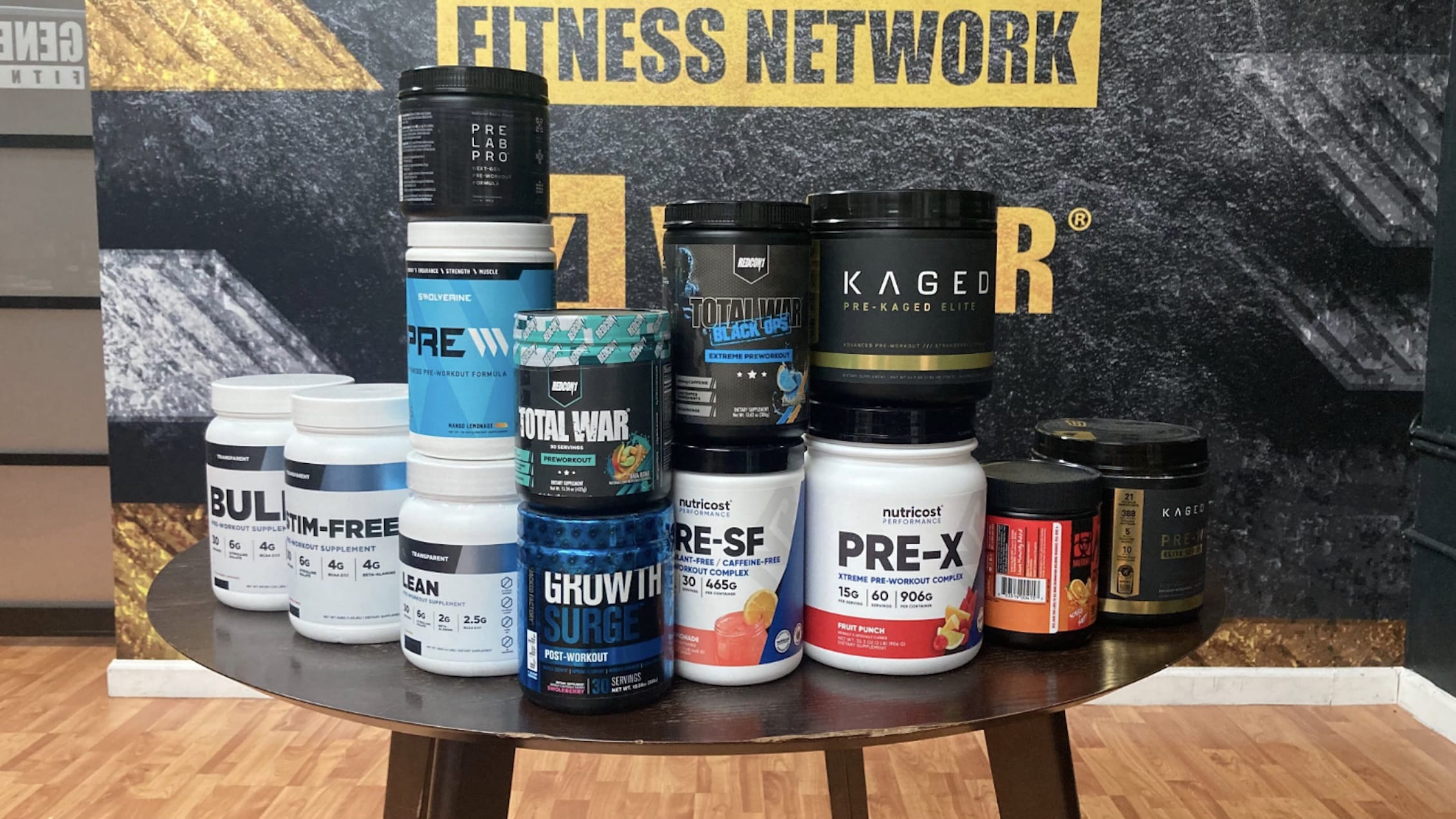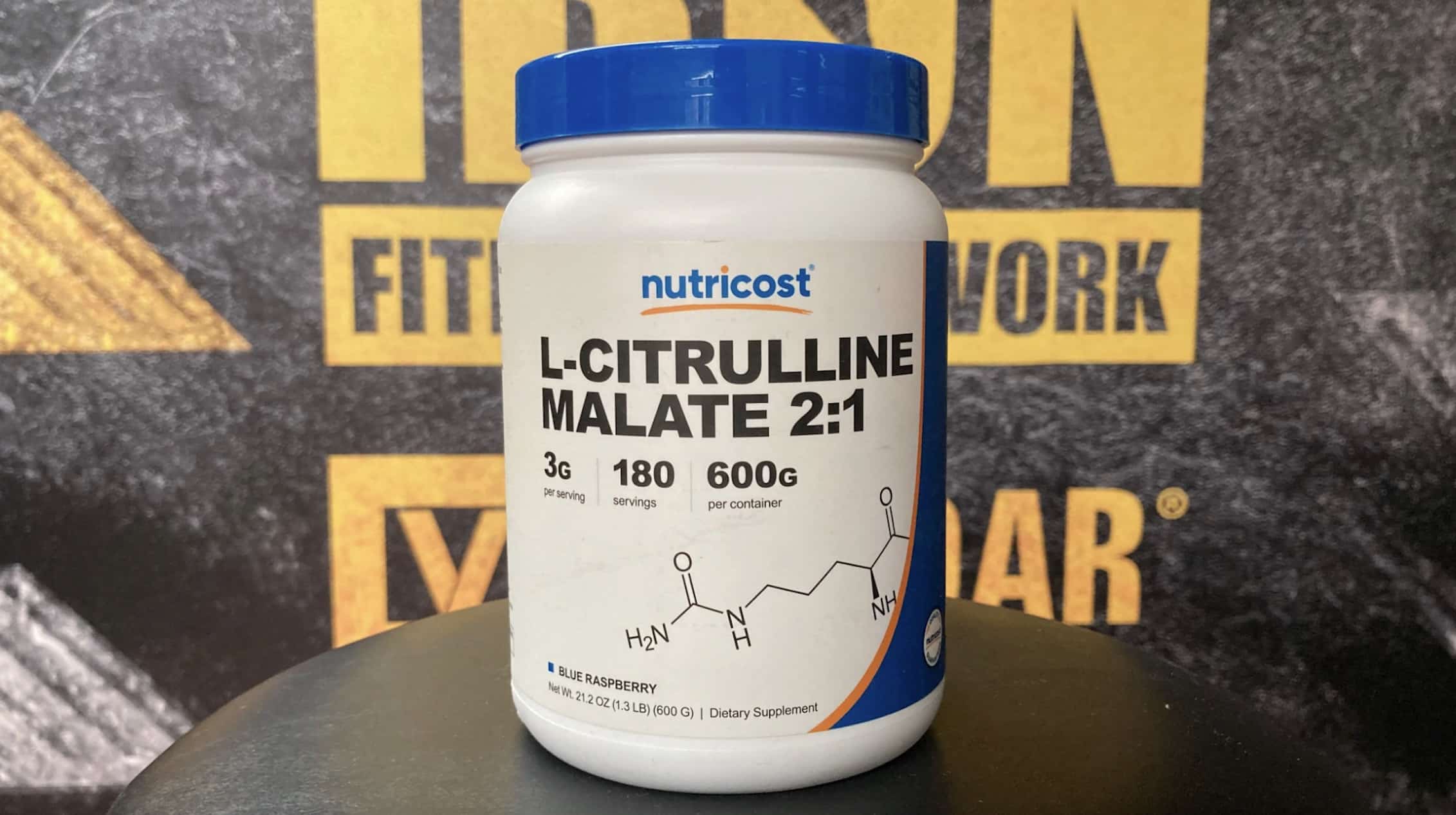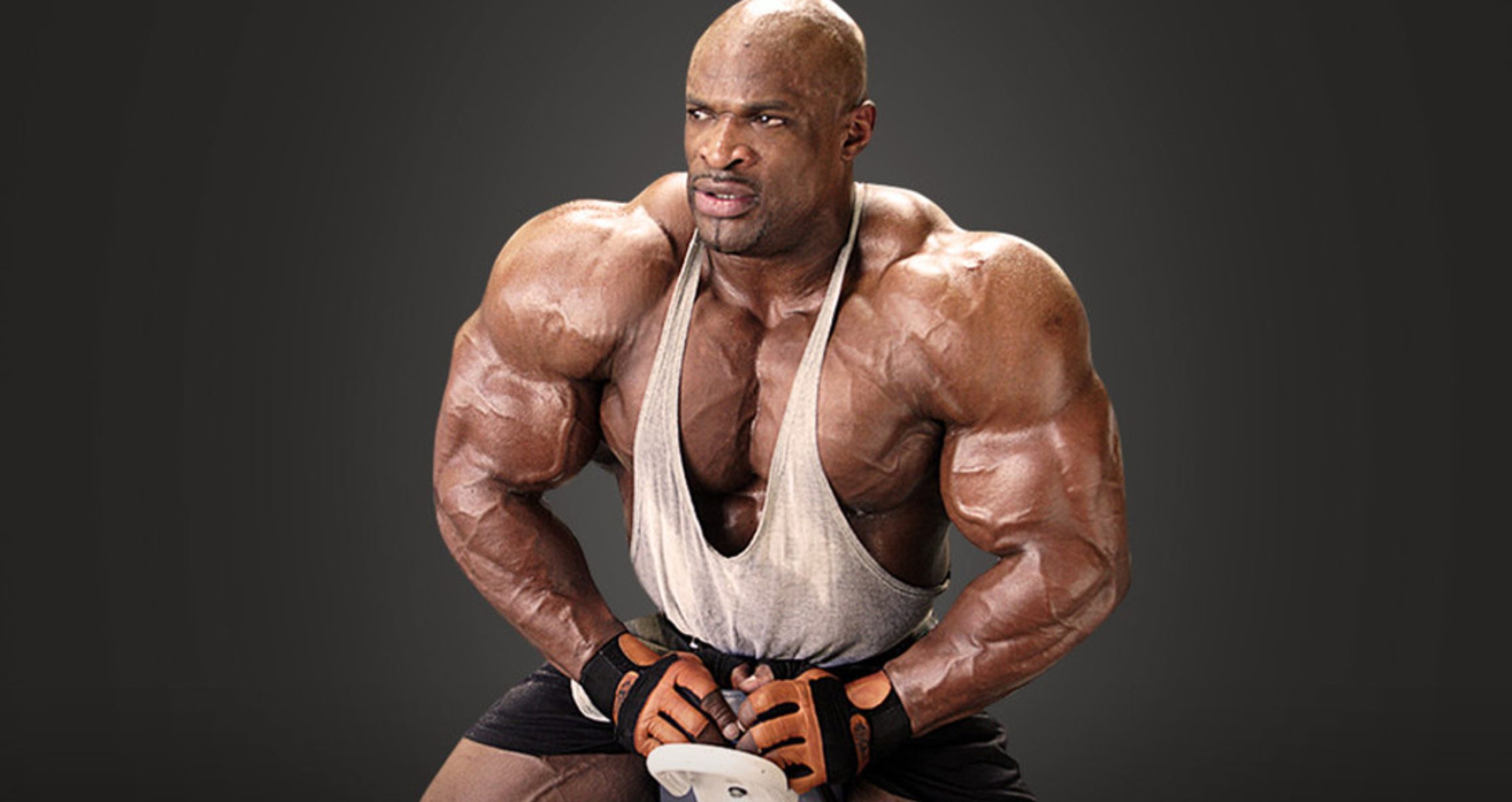Jefferson squats require straddling a barbell to engage upper and lower body muscles.
Squats are necessary to strengthen your lower body, improve posture, build muscle, and burn fat. Research shows that lower-body exercises like squats can trigger the release of human growth hormone and testosterone, both essential for muscle development (1).
But sticking to the same barbell back squat routine forever won’t be enough. To keep progressing, you must incorporate variations that challenge your movements, improve grip strength, and target different lower-body muscles. Some variations, like the Jefferson squat, even engage your upper body, giving you a more comprehensive workout.
Whether aiming to break through a squat plateau or simply wanting to try something new, the Jefferson squat is a game-changer. In this guide, we’ll explore the unique benefits of this exercise and provide a detailed, step-by-step breakdown to help you master it with proper form. Let’s dive in!
Techniques & Muscles Worked
Jefferson squats are a unique squat variation that works the lats, glutes, quads, adductors, hamstrings, and core muscles. This exercise effectively strengthens the legs and stabilizes the upper body, so it can be considered a full-body workout.
A circus strongman named Charles Jefferson introduced the Jefferson squat in the 19th century, making it an old, timely routine. However, this exercise has returned to the modern-era bodybuilding community. Even retired pro bodybuilder and Olympian Kai Greene is an advocate for the Jefferson squat.
The Jefferson squat requires proper form and a lot of stability to execute. So, if you have never done this exercise before, you’d probably have some difficulty doing it. Start without weights and mimic the movements, then use an ordinary bar to do the same until you feel ready to add some weights.
When performing this exercise, keep your back straight and avoid rounding your shoulders. Like in a sumo squat, you must always brace your core and keep your feet broad.
This exercise uses a barbell, but you can also use other free weights, such as kettlebells or dumbbells, depending on your preference. Below is a step-by-step guide to performing Jefferson squats with a barbell.
- Place the barbell on the floor and load it with your desired weights.
- Straddle the barbell with one foot on each side and assume a staggered stance. This is your starting position.
- Next, brace your core, push your chest out, bend your knees, and hinge at your hips to grab the barbell using a mixed grip (remember to keep your back straight throughout this movement).
- Pause in this position for about one to two seconds, then slowly drive through your heels as you push your torso back to the starting position.
- Repeat this movement for as many reps as you desire.
Benefits
Jefferson squats are excellent lower-body routines. This compound exercise strengthens the legs, works the core, and builds upper body muscles. Here is a list of its benefits.
Builds & Strengthens the Lower Body Muscles
The Jefferson squats are excellent for building the lower body. They strengthen leg muscles like the quads, hamstrings, glutes, and adductors, resulting in a more powerful lower body and the ability to perform effective lower-body movements.
Activates the Upper Body & Core Muscles
This exercise requires stability, balance, and coordination. It builds the lower body muscles and activates the core and upper body, which helps with proper form and posture. Building a strong core also reduces the chance of injury.
Better Joint Activation
Although this exercise targets different muscle groups, constantly performing it strengthens and builds the hip and knee joints. This helps improve your range of motion and makes your movements easier.
Jefferson Squats Alternatives
The Jefferson squat is essential for building and strengthening the lower body. It’s also an excellent routine for those trying to break out of a squat training plateau. Exercise scientists advise incorporating alternative exercises to build similar muscles effectively. Below are more alternative exercises you can add to your training regimen.
Step-Ups
Step-ups are a bodyweight exercise that targets similar muscles to the Jefferson squats. You can do them anywhere, needing only an elevated surface. If you want more activation with this exercise, you can add some resistance, like free weights or resistance bands, for more gains.
45-Degree Leg Presses
The 45-degree leg press is a leg-building exercise that works your lower body muscles. When you set the leg press machine to an angle of 45 degrees, it targets your hamstrings, quads, and core. It also recruits other muscles, like the adductors and calves. Using this machine for training can relieve some of the pain of using free weights and help you break out of your plateau.
Deadlifts
The deadlift is a functional exercise that primarily builds muscle mass on your back. It also works with different muscle groups, which include the quads, hamstrings, calves, glutes, core, and forearms. If you want to improve your grip strength, this is also an exercise you can try. The deadlift is an effective alternative because it builds both the upper and lower body.
FAQs
How do you do a Jefferson squat?
Jefferson squats can be done with a barbell or dumbbell. While assuming a staggered stance, keep your back straight throughout the movement. The exercise guide above provides step-by-step instructions.
Are Jefferson squats effective?
Yes, Jefferson squats are effective lower-body exercises that also recruit upper-body muscles. They help with balance, coordination, and stability. However, doing this exercise using the proper form is essential for the best results.
What muscles do Jefferson squats target?
Jefferson squats target the core, posterior chain, quads, and adductors. This exercise also works the upper body muscles to a certain degree, as they keep the body from tilting to the sides when performing. Jefferson squats also strengthen and improve the range of motion of the hip and knee joints.
Follow Generation Iron on Instagram, Facebook, and Twitter for more exercise guides!
Reference
- Kraemer, W. J., Häkkinen, K., Newton, R. U., McCormick, M., Nindl, B. C., Volek, J. S., Gotshalk, L. A., Fleck, S. J., Campbell, W. W., Gordon, S. E., Farrell, P. A., & Evans, W. J. (1998). Acute hormonal responses to heavy resistance exercise in younger and older men. European journal of applied physiology and occupational physiology, 77(3), 206–211. https://doi.org/10.1007/s004210050323
